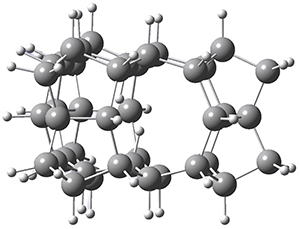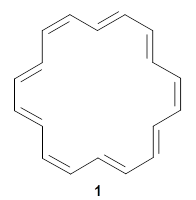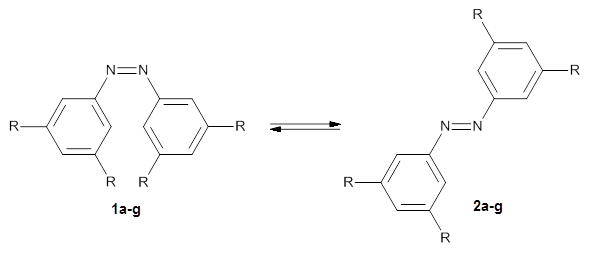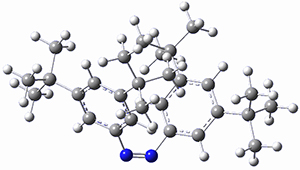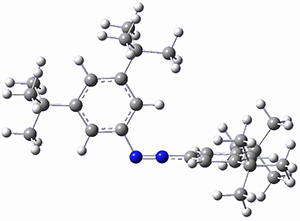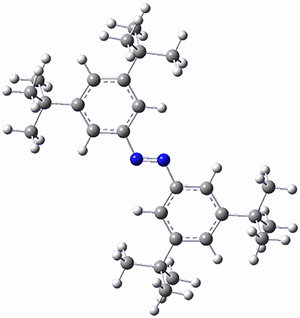Janus J. Eriksen, Devin A. Matthews, Poul Jørgensen, and Jürgen Gauss (2015)
This paper argues that we shouldn't expect the kind of accuracy we have come to expect from CCSD(T) for closed shell molecules, for open-shell molecules. I have a slightly different take on the data.
But first it is fair to ask whether coupled-cluster is an appropriate standard for open shell systems in the first place because of spin-contamination (note there is also spin-contamination in ROHF- coupled-cluster). If you get significantly different answers for UHF- and ROHF-based calculations it is not clear which one is the most reliable.
The first thing the paper shows - for 18 atoms and small open shell molecules - is that spin-contamination decreases by roughly an order of magnitude for each step in SCF > CCSD > CCSDT > CCSDTQ so that it is negligible for the latter. For most of the molecules the spin-contamination is also negligible for CCSDT. This is good to know.
The authors go on to show that CCSD(T) is a worse approximation for CCSDT for open shell systems (see Figure 1) and that CCSD(T) is always a worse approximation to CCSDTQ than CCSDT for open shell systems, in contrast to closed shell systems. While that's true, the data also shows that the CCSDT correlation energy is closer to the CCSDTQ energy for open shell systems. In fact the the mean error in CCSD(T) correlation energies relative to CCSDTQ is actually lower for open shell systems (0.80, 0.70, and 0.57 kcal/mol for RHF-, UHF-, and ROHF-based calculations). So this is good news.
One note of caution in all of this is that the study uses cc-pVTZ (understandable as CCSDTQ calculations are performed). It remains to be seen whether the conclusions are true for the CBS.
On a related note Anacker, Tew, and Friedrich have recently presented an incremental scheme for estimating UHF-based CCSD(T) energies for larger systems.

This work is licensed under a Creative Commons Attribution 4.0
Contributed by Jan Jensen
Figure 1: Normal distributions of the recoveries of (in percent (%), Figure 1a) and deviations from (in kcal/mol, Figure 1b) CCSDT–CCSD frozen-core/cc-pVTZ correlation energy differences for RHF, UHF, and ROHF references. (Taken from the paper)
This paper argues that we shouldn't expect the kind of accuracy we have come to expect from CCSD(T) for closed shell molecules, for open-shell molecules. I have a slightly different take on the data.
But first it is fair to ask whether coupled-cluster is an appropriate standard for open shell systems in the first place because of spin-contamination (note there is also spin-contamination in ROHF- coupled-cluster). If you get significantly different answers for UHF- and ROHF-based calculations it is not clear which one is the most reliable.
The first thing the paper shows - for 18 atoms and small open shell molecules - is that spin-contamination decreases by roughly an order of magnitude for each step in SCF > CCSD > CCSDT > CCSDTQ so that it is negligible for the latter. For most of the molecules the spin-contamination is also negligible for CCSDT. This is good to know.
The authors go on to show that CCSD(T) is a worse approximation for CCSDT for open shell systems (see Figure 1) and that CCSD(T) is always a worse approximation to CCSDTQ than CCSDT for open shell systems, in contrast to closed shell systems. While that's true, the data also shows that the CCSDT correlation energy is closer to the CCSDTQ energy for open shell systems. In fact the the mean error in CCSD(T) correlation energies relative to CCSDTQ is actually lower for open shell systems (0.80, 0.70, and 0.57 kcal/mol for RHF-, UHF-, and ROHF-based calculations). So this is good news.
One note of caution in all of this is that the study uses cc-pVTZ (understandable as CCSDTQ calculations are performed). It remains to be seen whether the conclusions are true for the CBS.
On a related note Anacker, Tew, and Friedrich have recently presented an incremental scheme for estimating UHF-based CCSD(T) energies for larger systems.

This work is licensed under a Creative Commons Attribution 4.0

